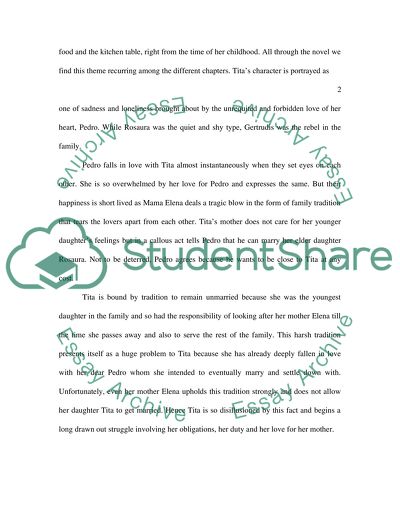Cite this document
(“A Character of Tita in the Novel Like Water for Chocolate Research Paper”, n.d.)
Retrieved from https://studentshare.org/literature/1477149-has-to-be-from-this-booklike-water-for-chocolate
Retrieved from https://studentshare.org/literature/1477149-has-to-be-from-this-booklike-water-for-chocolate
(A Character of Tita in the Novel Like Water for Chocolate Research Paper)
https://studentshare.org/literature/1477149-has-to-be-from-this-booklike-water-for-chocolate.
https://studentshare.org/literature/1477149-has-to-be-from-this-booklike-water-for-chocolate.
“A Character of Tita in the Novel Like Water for Chocolate Research Paper”, n.d. https://studentshare.org/literature/1477149-has-to-be-from-this-booklike-water-for-chocolate.


